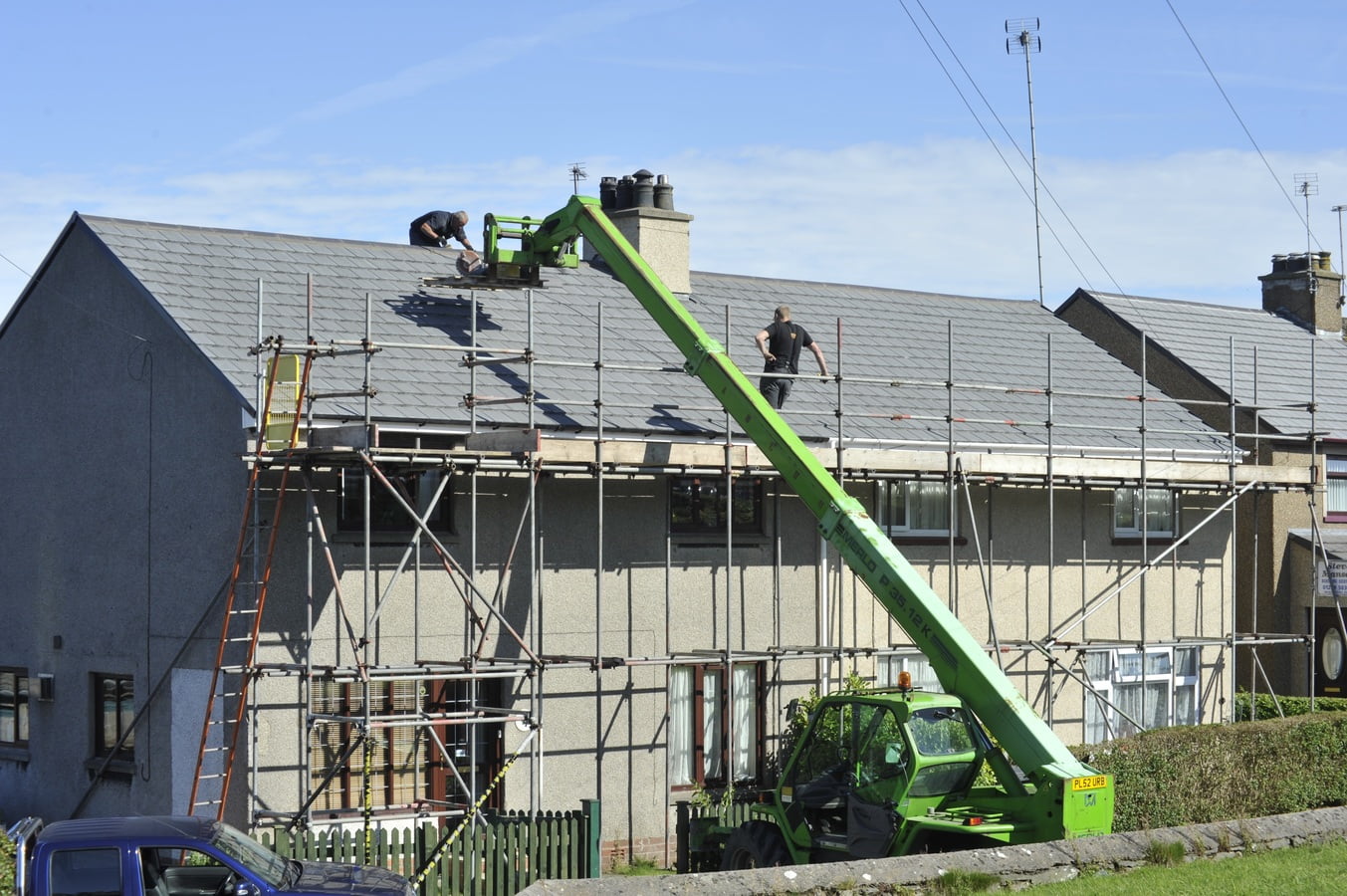
It goes without saying that every job comes with at least some level of risk, however, some industries are more prone to dangers than others. The construction industry is certainly one of the more hazardous workplaces, but the vast majority of its associated risks can be avoided with proper health and safety measures.
Health and safety processes play a vital role in minimising the number of risks on a construction site and, as such, they should be implemented from the start. When managers fail to introduce these health and safety measures, it’s very easy for risks to rise and for accidents to occur as a result.
In this post, we explain just how crucial it is to introduce the relevant health and safety measures on any construction site, as well as how workers, passers by and the business itself, can be affected without these processes in place.
Health & safety measures protect the workforce
In an ever changing environment, construction sites often require employees to work at a height, handle heavy loads, operate large machinery and work with rough materials, to name a few. By having proper health and safety measures in place and by making sure the workforce is aware of these measures, risks associated with these working conditions can be reduced significantly.
Statistics from the Health & Safety Executive (HSE) found that the construction industry is responsible for a third of fatal injuries that occur in the workplace, as well as 10% of other major work-related injuries. Injuries and fatalities typically occur as a result of workers falling from a height, being struck by moving objects, crushed by vehicles or machinery, or during an excavation.
Construction workers are also susceptible to work-related illnesses, including vibration white finger, carpal tunnel syndrome, occupational deafness and dermatitis. These illnesses develop as a result of the use of vibrating tools, inhaling dust and being exposed to excessively loud noises for long periods of time. Occupational cancers are another risk associated with working in the construction industry, after exposure to asbestos and silica, for example.
Although the risks are many, a great deal of them can be significantly reduced, simply by ensuring the correct health and safety processes are in place on any and all construction sites. These processes will offer vital information of the risks involved and how to avoid them, giving managers and workers the knowledge and information they need to safely get the job done. Accreditations, such as SSIP (safety scheme in procurement) can be obtained to show clients and customers that your business is operating at the industry standard.
Protect the wellbeing of passersby
The responsibility of construction managers doesn’t end at protecting their workforce – it’s their job to protect the wellbeing of any members of the public passing by the construction site.
When health and safety measures haven’t been introduced to a construction site, there are a whole host of dangers that can occur, as we have discussed already in the post. These dangers can affect passersby almost as easily as they can the team on the construction site, which is another reason for why it’s vital that proper measures are not only put in place, but are followed by everyone on the site.
How poor health and safety can impact construction businesses
By failing to address health and safety issues, by implementing the relevant measures and making sure the team is knowledgeable in what constitutes proper health and safety procedures, a construction business stands at risk of a fair few issues.
Firstly, the business could lose a significant amount of man hours and productivity, which can sorely affect the profitability of the company. When health and safety measures aren’t followed, injuries and illnesses are more likely to occur which, in turn, reduces the amount of time these employees are able to work on site, therefore lessening the productivity and profitability of the construction business.
There’s also the issues faced from a legal standpoint. By failing to implement and maintain the proper health and safety measures, a construction business is at risk of breaking the law and facing fines from the HSE. More severe cases can also result in the company being banned from operating, as well as being sued by employees or passersby who have been affected by the lack of health and safety measures.
Some construction businesses have had their memberships or accreditations from industry bodies confiscated, when they have failed to abide by health and safety law. As a result, the business’ reputation is left in tatters and it’s very unlikely that it will receive anywhere near as much business as it had done in the past.
With so many risks associated with the construction industry, it makes perfect sense for any and all sites to implement and adhere to proper health and safety protocol. This involves regular risk assessments, analysis of any dangers present and the necessary steps to minimise or eradicate these threats.
Training also plays a significant role in how well a construction company can implement health and safety measures on their sites. Employees should be provided with the relevant training so that they’re aware of how to spot potential risks on site and how to work alongside these risks in a way that will keep accidents and illnesses to a minimum.
Although it can take some time to develop, introduce and implement the relevant health and safety measures to a construction site and its workers, it’s incredibly worthwhile in order to protect the workforce, the community and the reputation and future of the business itself. Risks are a given when working in construction, but health and safety can help to significantly reduce the chances of them having an effect, not to mention keeping the team happy and healthy at the same time.
